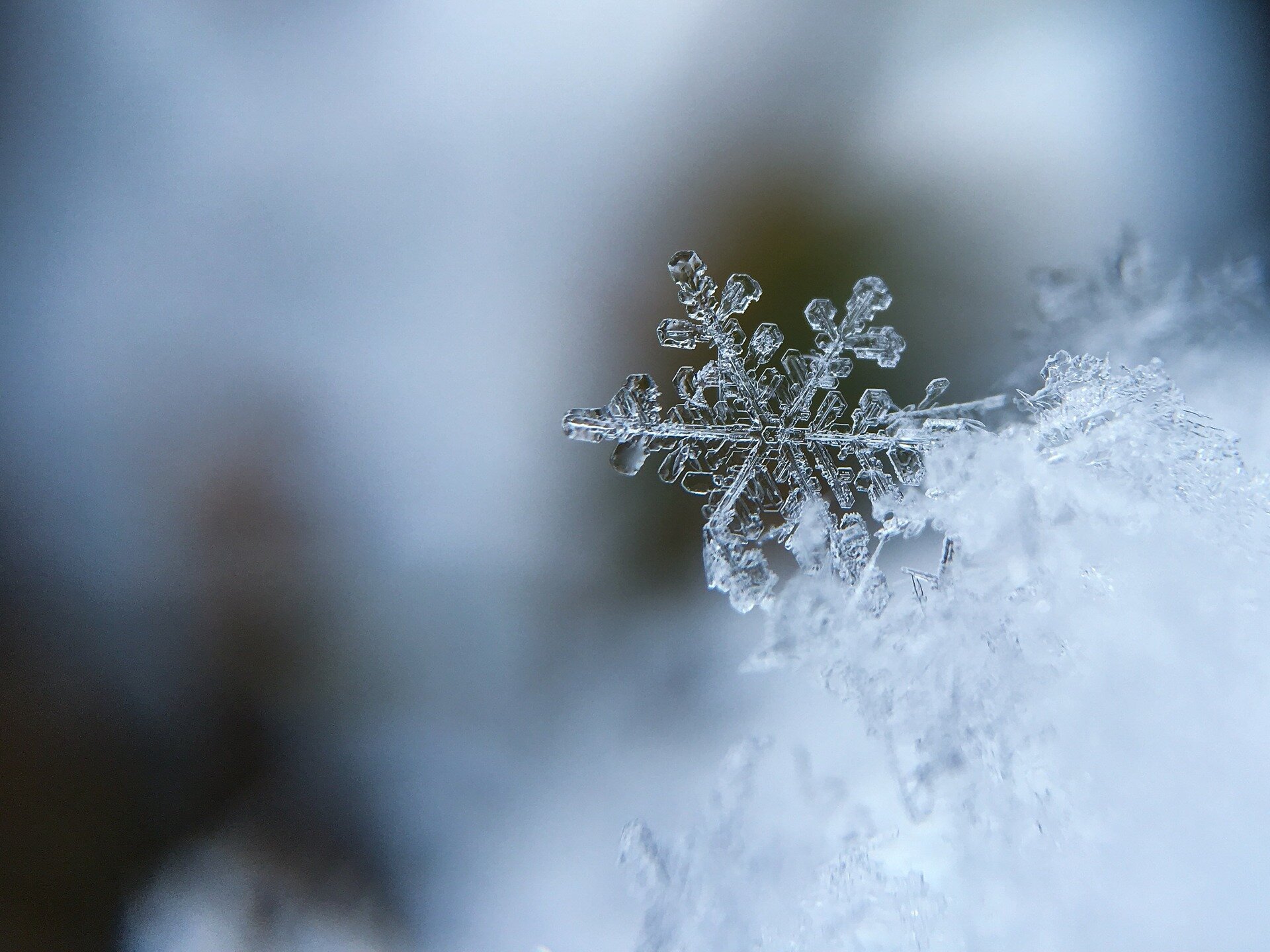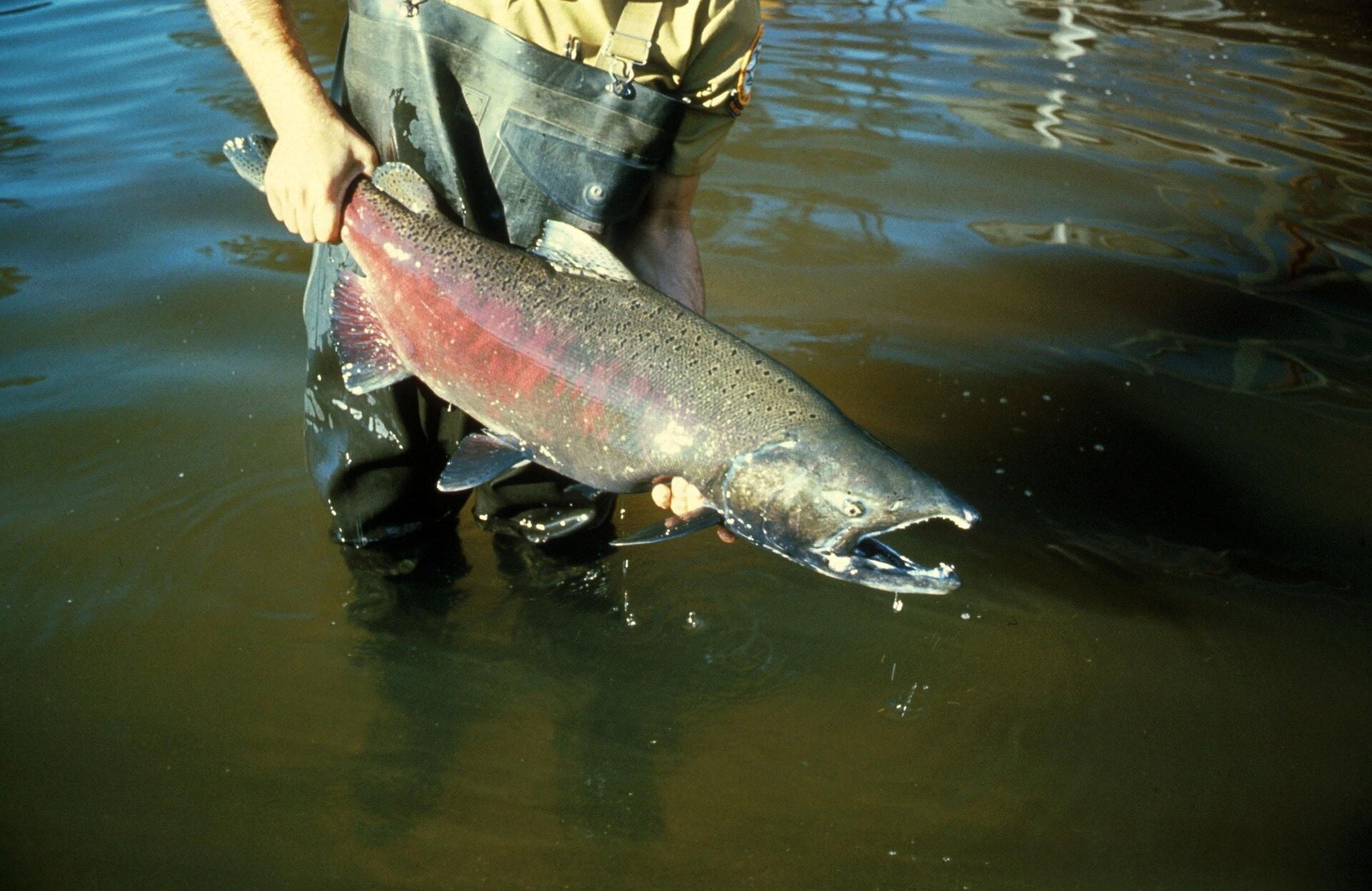- Boeing, union at strike impasse as company halts talks, withdraws pay offer
- 33% of homeowners would hire a 'questionable' contractor to save money, report finds
- Fed officials were divided on whether to cut rates by half a point in September, minutes show
- Nanobody capable of limiting the side effects of opioids discovered
- Novel etching technique enhances absorptivity of powders for metal 3D-printing
What do you believe is the single most important factor driving up the cost of living in Nigeria?

Environmental factors influence Southeast Brazil's coastal biodiversity more than ecological processes, study finds
Sea surface temperature, wave energy and freshwater discharge from rivers influence the abundance and size of the marine organisms that inhabit rocky shores along the coast of Southeast Brazil more than ecological processes such as competition and predation. In areas where the water is colder, such as the Lakes Region (Região dos Lagos) in Rio de Janeiro state, marine organisms are 25%–100% larger than in areas where it is warmer, such as the coast of São Paulo state.
The researchers assessed the influence of environmental factors, such as substrate topography, wave exposure and sea surface and air temperatures, as well as ecological variables, such as predation, on the population structure of the main species of marine organisms inhabiting rocky shores in an area of more than 800 km between Itanhaém in São Paulo state and Armação dos Búzios in Rio de Janeiro state. The area corresponds to more than 50% of Brazil's rocky (as opposed to sandy) coastline.
The first stage of the study consisted of field campaigns to collect data from 62 rocky shores with the aim of ensuring that all the indicators were under the influence of the same seasonal climate regime. Other data collection campaigns were conducted as a basis for analyzing predation among the main species, as well as experiments at 18 rocky shore sites to find out how climate change could influence predatory relations among the animals concerned.

- October 10, 2024
Snowflake dance analysis could improve rain forecasts


- October 10, 2024
One dead as storm Kirk tears through Spain, Portugal, France




- October 9, 2024
Can visiting genocide memorials make you more empathic?


Subscribe to our mailing list to get the new updates!

Subscribe our newsletter to stay updated
Thank you for subscribing!





